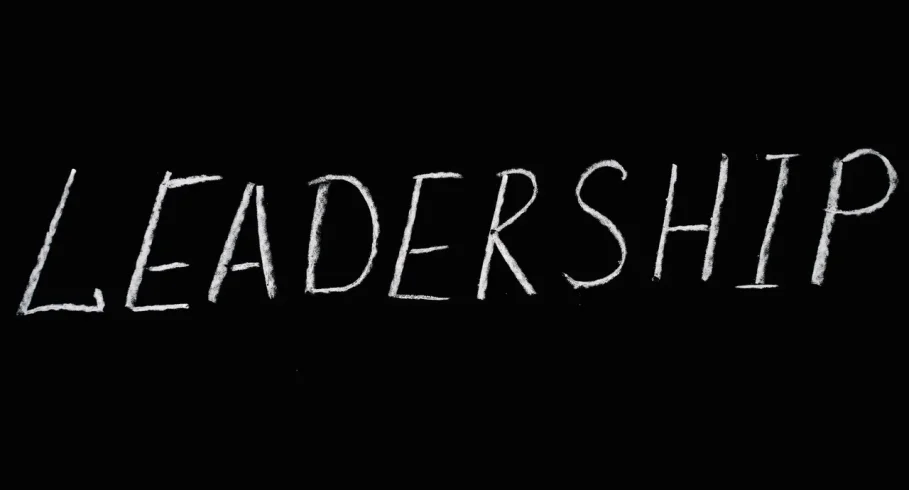
Yep…That’s Your Job, Too.
What did your road to executive directorship look like? Where did it begin? Did you start as a staffer and work your way up? Were you recruited from a different sector, and what made you decide to make the jump to nonprofits? Do you feel like you started the E.D. role with all the skills you needed, or did you figure it out along the way?
I am an inquisitive soul and I tend to ask a LOT of questions. These are just a few that I’ve asked nonprofit leaders in my network over the years. The answers are always different, the stories entertaining, and there are always lessons learned and shared. The truth is, there is no single path to becoming the leader of a nonprofit organization. Whatever the path, there is also single “right way” to be an executive director.
But there are some very real responsibilities that every nonprofit leader must be equipped to handle. In my professional experience, the executive director (or CEO, or whatever the head honcho is called in your organization) is not just the person with the largest office in the building…the executive director is the person with a neck strong enough to wear all of these hats simultaneously:
1. Chief Leader — the executive director is the person with whom the buck stops. While the Board of Directors role is to establish the organization’s vision, priorities and policies, the Executive Director is the person whose job is to lead the organization in implementing the Board’s vision. This person is the face of the nonprofit and therefore must be able to communicate the mission, goals, and programs to staff, clients, donors and the general public.
There is a very real difference between leading and managing, but we’ll talk about that another time. Suffice to say that I believe the most effective E.D.’s lead their organizations as opposed to simply managing.
2. Principal Staff Developer — as the chief leader of the organization, the Executive Director plays a huge role in the success (or failure) of his/her team. The E.D. that doesn’t take this responsibility seriously is likely to suffer problems with staff retention, turnover, productivity and organizational outcomes. The E.D. that understands this role does his/her best to ensure that staff are onboarded effectively and that they receive the tools and professional development opportunities they need to be successful. My favorite thing about managing staff is helping them grow and celebrating their success. Also, if you are an E.D. who is not thinking about who will take your place when you leave the organization, please step into my office because we really need to talk…
3. Primary Board Partner — one of the most important (and often overlooked) roles that an executive director plays is nurturing a strong partnership with the organization’s board of directors. I’ve previously written about the nonprofit board as ethically, fiscally, and legally responsible for everything the organization does. A strong E.D. never loses sight of the board’s role and takes steps to ensure that the board remains confident in the E.D.’s commitment and ability to effectively carry out their vision.
4. Overseer of Operational & Fiscal Compliance — have I mentioned that a nonprofit is a business? Surely I’ve said it before. The executive director must work to ensure that the organization is operating in compliance with all applicable federal and state laws and regulations. Doing this requires knowledge and understanding of the operational systems needed to keep the organization running above-board. The E.D. also typically submits an annual operating budget to the board for approval, which requires a keen understanding of the organization’s financial standing, including knowing how to read financial statements and prioritize organizational needs in relation to how much money is in the bank.
5. Head Fundraiser — the executive director is the organization’s primary fundraiser. I have seen some E.D.’s try to pawn this duty off to board members or other staff because they are uncomfortable asking for money. I will only say, please get over it….immediately. Part of this is leading by example. How can an E.D. expect their board members to support the organization with their own money and by bringing other funding opportunities to the table if they are not out doing the same thing. And, if you are a nonprofit E.D. who doesn’t donate to your own organization, please step into my office…
6. Top Constituent Relations Representative — Oh, so you want to hire a marketing professional to do this part for you? Not so fast. That’s your job, too. The executive director should build and maintain relationships with a wide variety of parties in order to help their own organizations succeed. You can’t be “the face” of an organization and then run and hide behind your marketing team. The E.D. should be everywhere — figuratively, not literally — by communicating regularly and in a variety of ways with constituents (email, newsletters, social media, website, public events, etc.)
Depending on the size of your nonprofit organization, there may be components of some of these responsibilities that you delegate to a trusted member of your management team. However, in many small and mid-sized nonprofit organizations, the executive director must be ready to handle all these things, and also be ready to roll his/her sleeves up at any given moment to help out with programs if needed.
This is what you signed up for, right? Right!
The job of an executive director is large, complicated, and hugely important to the overall success of a nonprofit organization. Doing it well is difficult, stressful, but can also be extremely rewarding. Whether you are a new or experienced executive director, I encourage you embrace the challenges, weather the difficult times, nurture your board, support your staff, and remember to stop and celebrate your organization’s successes.